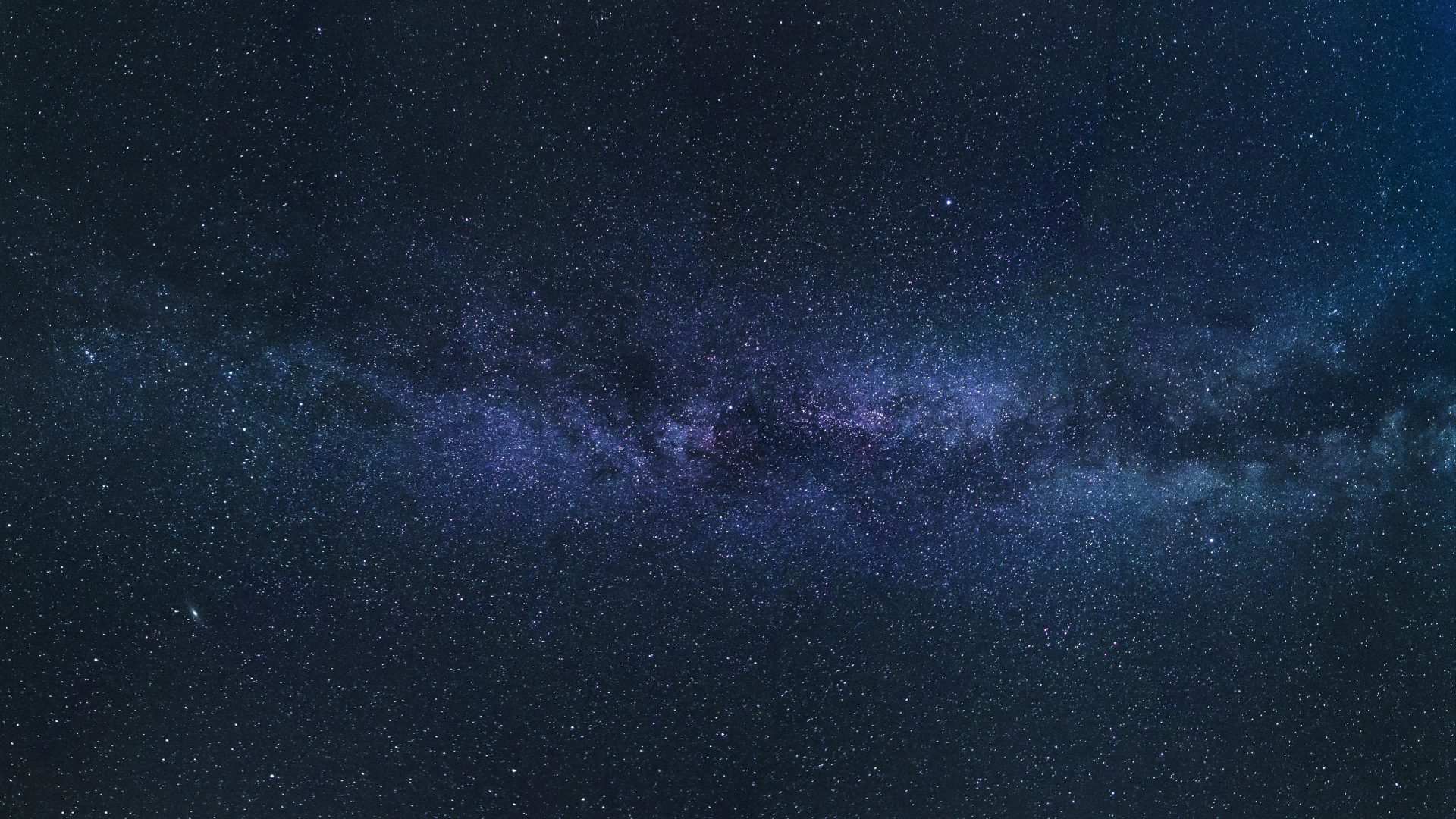This 1976 song by The Carpenters, “Calling Occupants of Interplanetary Craft,” explores the theme of CE5 and psionic communication with extraterrestrial beings long before Steven Greer and Jake Barber popularized such concepts. The lyrics describe a friendly, peaceful telepathic connection between humans and non-human intelligence, highlighting that the idea of reaching out to aliens through thought has been part of UFO culture for decades.
Here’s a snippet from the song:
In your mind, there are abilities you possess
To send telepathic messages across the vastness
So close your eyes and focus your thoughts
As we chant together the words we’re about to offer
Calling occupants of interplanetary craft
Calling occupants of interplanetary, most extraordinary craft
You’ve been watching over our planet
And we wish to establish contact with you
We are your friends
We ask you to come in peace, we earnestly plead
(We’ll teach only love)
Our world may not endure (So please be cautious)
Please, interstellar guardians,
Grant us a sign, give us a signal that we’re reaching you
Together, with focused minds, we can form and send
Thought energy that transcends the ordinary
Close your eyes, concentrate, and together we’ll proclaim
Today is World Contact Day
Calling occupants of interplanetary craft
Calling occupants of interplanetary craft
Calling occupants of interplanetary, most extraordinary craft
We extend our friendship!

It’s fascinating to see how art from decades ago, like The Carpenters’ “Calling Occupants of Interplanetary Craft,” can tap into themes that resonate with today’s discussions about extraterrestrial contact and consciousness. The song presents a hopeful and welcoming message, reflecting a desire for peaceful communication with other beings—an idea that aligns with modern CE5 initiatives.
You raise an interesting point about how this song predates the popularization of CE5 techniques by figures like Steven Greer and Jake Barber. The exploration of telepathy and contact with non-human intelligence through collective consciousness has clearly been part of our cultural narrative for a long time. It’s a reminder that music and art can often explore and express complex ideas about our relationship with the unknown, long before they become focal points in scientific or fringe communities.
The lyrics emphasize unity, friendship, and a call for peace—concepts that are incredibly relevant as we navigate our own perceptions of space and the possibility of other life forms. This song serves as both an artistic expression and a historical marker in the ongoing conversation about humanity’s place in the universe.